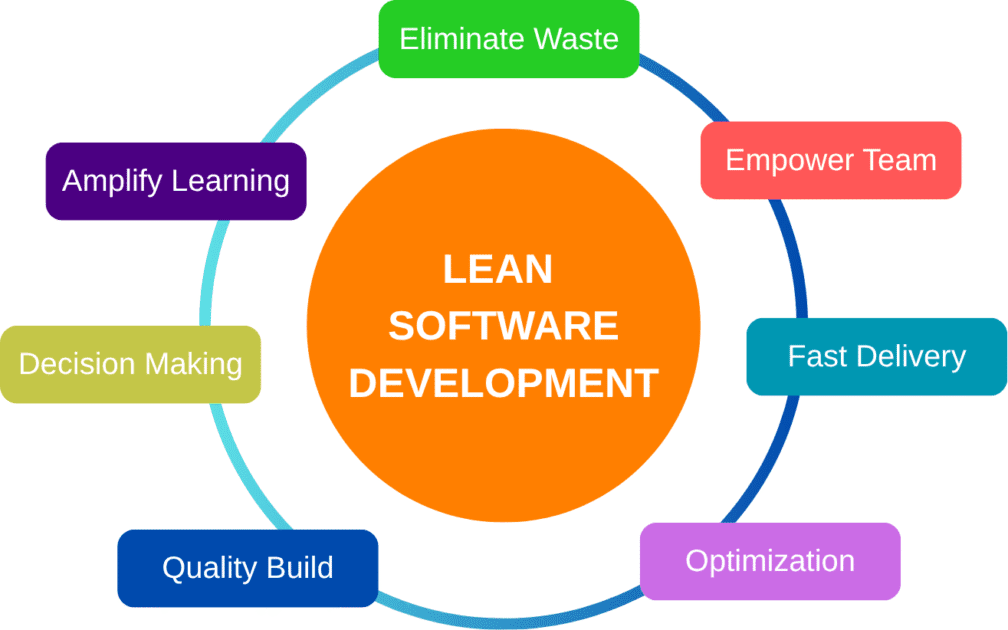Lean Development is a software development methodology inspired by Lean Manufacturing principles, originally developed by Toyota

Lean Development is a software development methodology inspired by Lean Manufacturing principles, originally developed by Toyota
Lean Development is a software development methodology inspired by Lean Manufacturing principles, originally developed by Toyota